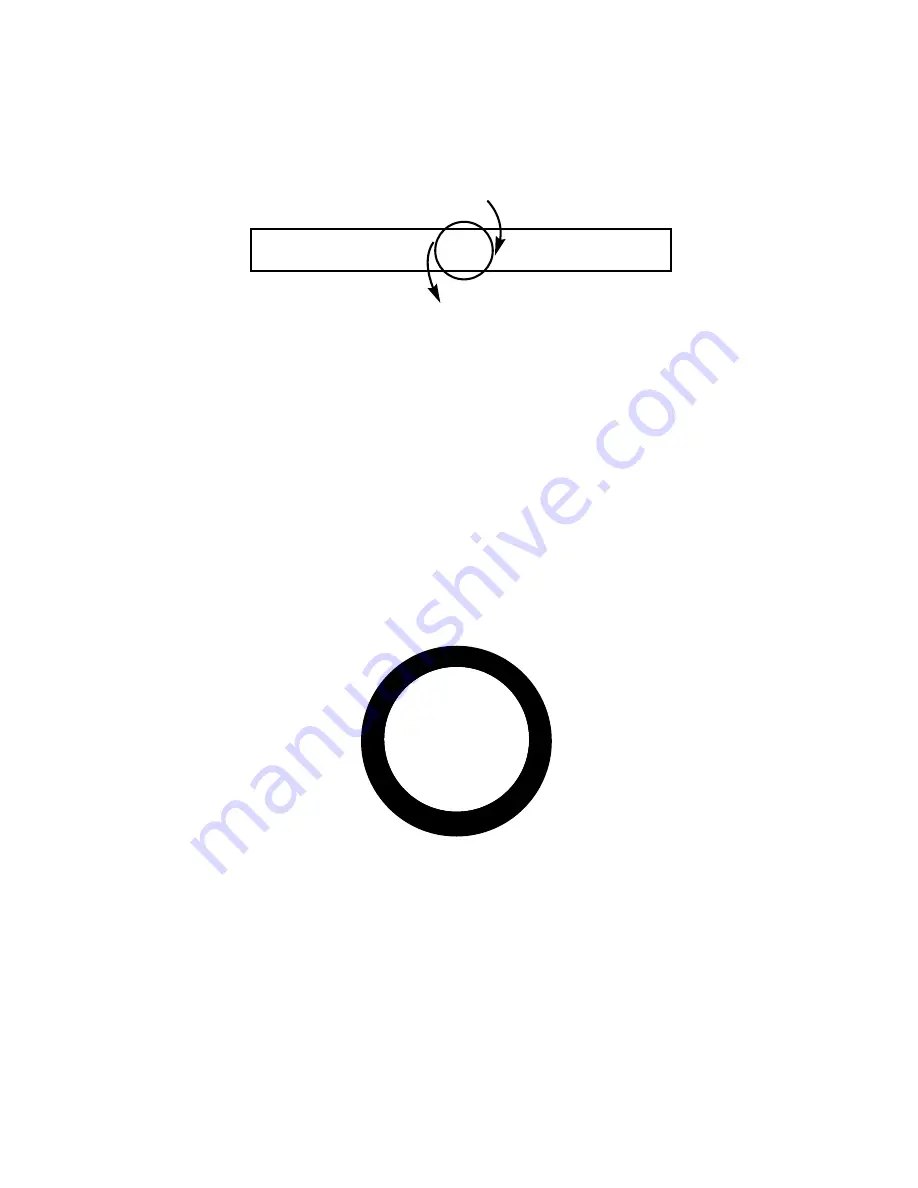
Example #3:
This shows C diminished as the pivot chord. While C diminished is the VII[
(seven) chord in the key of D< major, in the key of B< harmonic minor it is the II[
(two) chord.
In this example we actually pivoted into a harmonic minor scale form. We could
have just as easily pivoted into B< natural minor but we would have ended up
with an Fm (Vm of B< natural minor) acting as a dominant chord which does not
create as much movement as the F7 (V7 of B< harmonic minor).
D<
maj7
E<m
F7
B<m
II
O
V
Im
C
m7<5
I
IVm
D< major
B< harmonic minor
VII[
{
{
Circle of Fifths
This wheel reveals several important musical relationships and is one of the most impor-
tant tools available to a musician. This wheel shows the relationship between major and
natural minor keys as well as the most frequently used intervals for chordal harmonic
movement.
The Layout
The letters on the black ring refer to major key names and chord roots. The let-
ters on the inside ring refer to minor keys and chord roots. The rings are
arranged so that the major keys are adjacent to their relative minor counterparts.
For example, A minor (in the inner ring) is the relative minor of C major (on the
outer ring).
At the bottom of the wheel are some key names arcing around the inner and
outer ring. These are enharmonic keys sharing the identical tone. For instance,
the key of C< has seven flats while the key of B has five sharps. Yet, since they
refer to the same note, they are tonally equivalent.
34
C
B
<
F
G
D
E
C
<
A
<
D
<
C
>
F
>
B
A
G
<
E
<
C
F
B
<
A
>
D
>
G
>
A
<
C
>
A E
B
F
>
E
<
D
G
Major
Minor
Circle
of 5ths







































